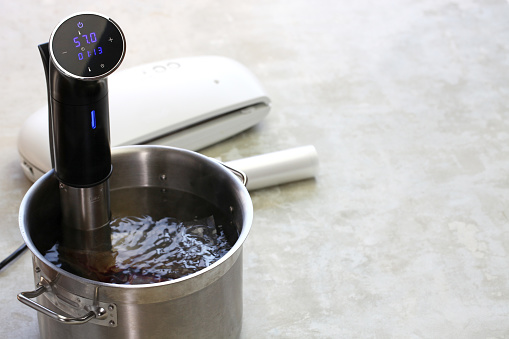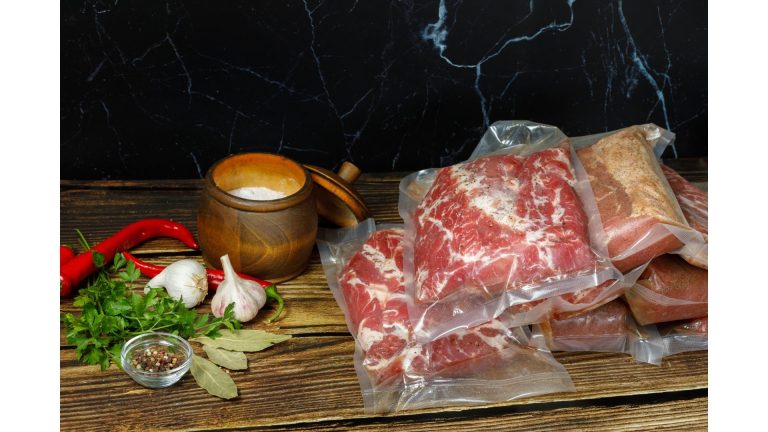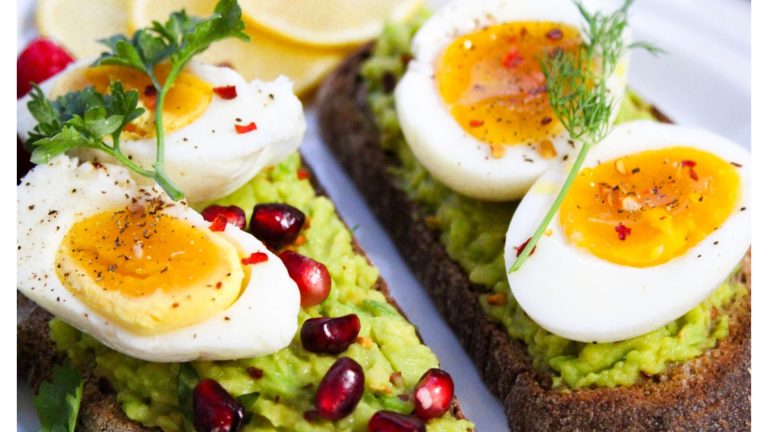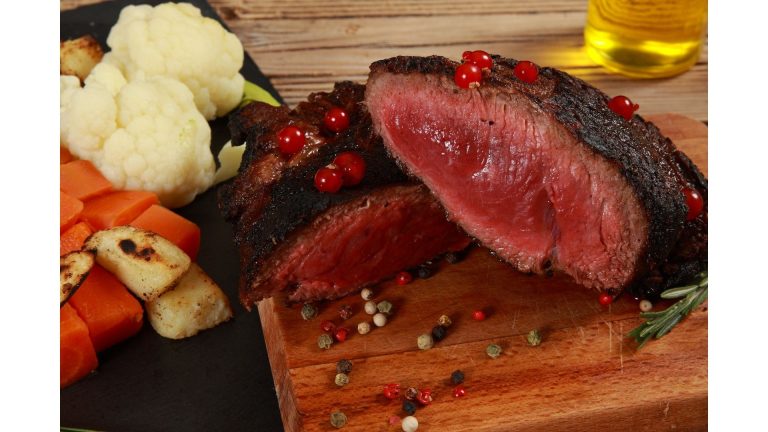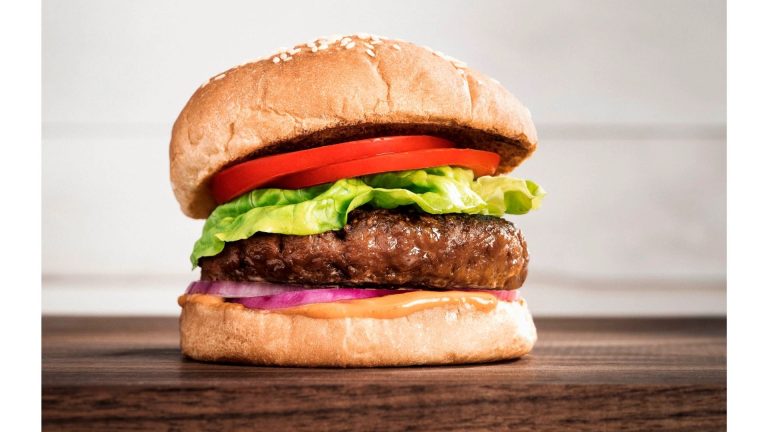Does Sous Vide Cooking Kill Bacteria?
Is your tummy growling because of food that was overcooked?
As a result, sous vide cooking removes all hazardous germs, making the food safe for you and your family to consume.
Observe why people are so enthusiastic about it.
Table of Contents
Does Sous Vide Cooking Actually Kill Bateria?
Water or air may both destroy bacteria. Sous vide cooking can destroy viruses in your food that you don’t want to eat.
Using a mild heat source to break apart the cells is an excellent method of killing any bacteria that may be present.
Sous vide cooking requires a water bath set to the lowest temperature possible to avoid the formation of microorganisms.
Consistent cooking temperatures are easier to achieve because of the water bath’s low temperature.
What Temperature Should Bacteria be Killed?
Microorganisms can be killed by cooking food to a safe internal temperature. Regulations for food safety have been set up by the Food and Drug Administration and are available on this page (FDA). a Food and Drug Administration-approved product
Begin by cooking the meat to a temperature of 145 degrees Fahrenheit (8 degrees Celsius).
A few more minutes of simmering are required to get the meat and eggs to 160 degrees Fahrenheit
At least an hour before serving, keep chicken and leftover dishes at 165 degrees Fahrenheit.
A thorough cleaning should be done before storing food in a refrigerator or freezer.
At all times, the temperature should be kept at the desired level.
The interior temperature of food is extensively emphasized in traditional cooking in order to get the desired effects. You’ll need a meat thermometer to keep tabs on the dish’s internal temperature.
It’s more difficult to cook sous vide using vacuum-sealed bags than it is with water baths. To speed up evaporation, a vacuum seal allows water to travel through the sealed bag more quickly than it would in an open water bath.
To ensure that your sous vide temperature settings are accurate, use a high-quality food thermometer. Meals should be cooked at the correct temperature and for the correct length of time. A 1-inch-thick steak takes an hour to cook in comparison to a 2-inch-thick steak.
As long as the food is cooked sous vide in a vacuum-sealed bag at a low temperature, it can be served at the desired temperature. Do not consume the contents until the packaging has been properly sealed.
Sterilize Food with Sous Vide
Using immersion cooking destroys germs and enhances the shelf life of the product. Cook your meal until it reaches the correct internal temperature before eating it to destroy microorganisms.
You’ll be able to tell when everything is done. Additional five minutes of roasting at 85 degrees Fahrenheit 185 degrees Celsius may be necessary if the meat is particularly tough.
Using the sous-vide technology to pasteurize food requires a grasp of the appropriate time and temperature ranges.
Bacteria-Free Cooking with a Sous Vide Oven
There must be at least 41 degrees Fahrenheit in order for refrigerators to function properly. Lower-temperature refrigerators are better at preserving the freshness and safety of the food they store.
Make sure your food is cooked to the proper internal temperature with a digital food thermometer.
Food-grade plastic bags should be used to prevent contamination.
When preparing meals, it is best to keep the raw ingredients and the completed goods separate.
Conclusion
Meal prep time and effort can be significantly reduced by using sous vide. Cooking food at a specific temperature kills bacteria and other pathogens.
It’s also incredibly easy to use, and it’s safe to do so. Sous vide cooking, which removes germs from food, is a benefit for everyone.

Foodie and a passionate cook, I am here to share all of what I know about cooking, kitchen, and food prepping.
Follow me for delicious and healthy recipes.


